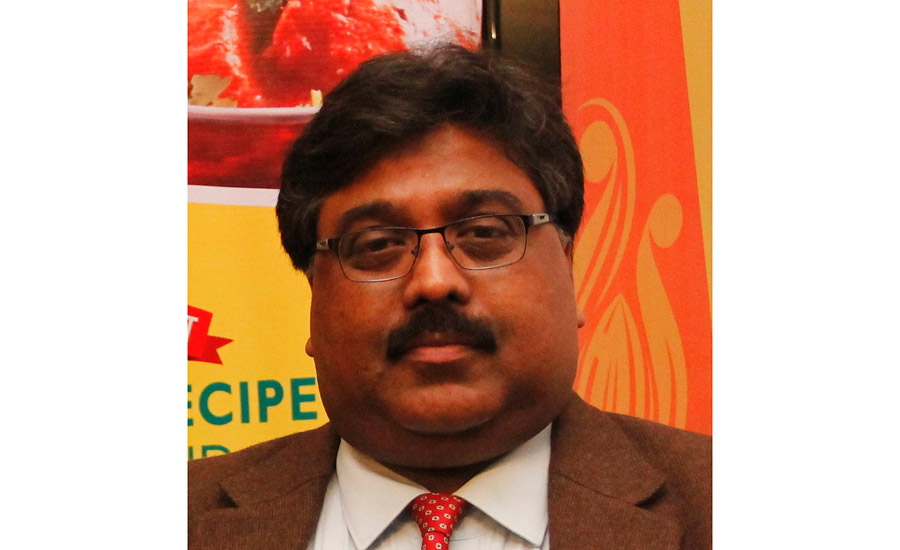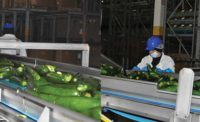A survey by Assocham (The Associated Chambers of Commerce and Industry of India) in 2015 predicted that India’s packaged food market would witness a quantum jump to $50 billion by 2017 from $32 billion at present due to increasing popularity of ready-to-eat packaged foods. In fact, more households in urban India have been associating ready-to-eat food with convenience, thus fueling the sale of packaged food at an average annual rate of 32.5% between 2010 and 2015. Rising disposable income and a younger demography of households in the top metros also mean that over the next two years, consumption will surge across categories of packaged food such as packaged beverages, dairy products, snacks, frozen foods, ready to cook/ready to eat and baked foods, with urban households accounting for 80% of these purchases.
More parents are opting for easy-to-prepare meals
The Assocham report says households with working couples and young children serve on average 10-12 easy-to-prepare meals a month. About 76% of the nuclear families feel they have less time to spend in the kitchen.
The changing Indian lifestyle is creating a multitude of opportunities for market players across industries. For instance, the rise in the number of women in the workforce and the resultant time-paucity along with the increase of at-home socializing, the preference for nuclear families or that of young professionals living alone allows for the growing acceptance of Western food and the need for on-the-move freshly-cooked foods.
The Indian market has witnessed the entry of many brands offering a host of products across various processed food categories. One segment, which has evolved significantly in the processed food section, is frozen convenience food. The increase in demand for frozen food products is driven by modern retail chains and stand-alone grocery stores, who are stocking more varieties of frozen products such as peas, corn and ready-to-cook and heat-and-eat packaged products. As sales increase, the category is slated to witness increased penetration and entry of more players and products.
Frozen foods vs ready-to-eat meals
Frozen foods are considered to be the best alternative for fresh foods, as it preserves the products’ nutritive values. With the penetration of refrigerators and microwaves, the ease in storage and use of frozen foods has been gaining momentum.
Ready-to-eat meals with retort processing is said to be the most acceptable form of food preservation. That’s because the packaging requires just warming in a microwave oven or water bath before eating. Packaging of this food should withstand thermal processing. Plus, the lightweight retort pouch maintains shelf life, texture and nutritive value. On the other hand though, retort processing cannot maintain shapes of foods and snacks, therefore is more suitable for semi liquid or smaller pieces and powdered food products.
The challenge however has been to preserve the raw meat and non-vegetable products, the semi-cooked non-vegetable products and the various vegetarian products that required the shape of the product to be maintained until it reaches the end consumers. This is where frozen technology has gained prominence over the ready-to-eat products.
Today, the frozen food market in India can be described as in nascent stage with few products, low consumer awareness levels, underdeveloped frozen food distribution network and a lack of freezer space at the retail end.
Market size of frozen food segments
The frozen food segment comprises of ready-to-cook, fry and heat-and-eat vegetarian and non-vegetarian food products, and is largely dominated by select national brands and some regional players.
The frozen foods market is generally segregated into processed frozen vegetables, vegetable snacks, poultry, fish and seafood and red meat. In the frozen vegetables segment, garden peas continue to be the most popular frozen processed vegetable bought across India with a commanding retail value share of over 69%, followed by mixed green vegetables and baby corn with shares of 14% and 7%, respectively, in 2013.
Frozen foods in India are predominantly used in the foodservice and institutional markets.






